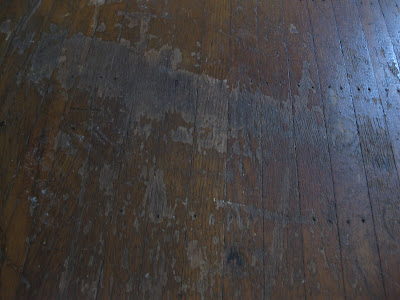Have you seen it? Where the Wild Things Are? Growing up, Spike Jonze was my favorite music video director. As a grown up, Dave Eggers is my favorite author that I've never read. The two creative masters somehow met, obviously in some creative way, and co-wrote the screenplay to the movie, Where the Wild Things Are.
One of the opening scenes, perhaps the very, portrays, Max, the pajama bearing protagonist exercising his own creative genius to ambush his teenage sister, Claire, & her friends with snowballs as they leave the house. His plan works perfectly, the kids exit the front door and Max's brilliantly choreographed attack ensues. Once his ammunition is out, Max triumphantly retreats to his igloo fort grinning ear to ear. All of a sudden, his mood is suddenly and literally crushed as one of Claire's friends pounces on the fort decimating it, burying Max and his bliss. The teenagers split, oblivious to the mess they've created and Max erupts with tears, snot and saliva. In this constellation, the flushed cheeks, runny nose, and agitated breathing, this is the first moment in the film where the audience is reminded of what it felt like to be nine. The rest of the movie, scene by scene, reminds the audience of that feeling in equally direct or more roundabout ways—not ignoring the bliss, but focusing on the frustration. From Max's tantrums at home to the howling on the island's cliffs, Where the Wild Things Are is one collective scream; a shout against the ineptitude of childhood; a cry against a world that is incomprehensible; a plea for attention; a yell for someone to come and institute some order and understanding on the island of prepubescence.
This collective scream reminds me of another epic yell. Did you see the movie, Garden State? Perhaps you heard of it. I actually didn't know who Zach Braff was before this movie—no Scrubs at that point in my life. I did, however, know all of the great bands featured in the movie's soundtrack. Basically, write a script about a pretty typical American twenty-something's life. Add an unusual element to the story for hipness—like a friend who has a mansion because he successfully marketed silent velcro—and then play a bunch of awesome songs in the background and you've got a solid movie, Garden State.
One of the closing scenes portrays the main characters of the film donning trash bag rain coats standing on top of an abandoned bus that sits at the bottom of a landfill—I think, can't actually remember if it is a natural gorge or landfill converted junk yard. At this point in the film, the crew has spent the entire day running errands, to what is an unclear end. Regardless of whether they are winners or losers, what is obvious is that they are at the end of their scavenger hunt. Rain is coming down, and it is time to call it quits. Just as the audience settles into emotional coma, Zach and his two friends climb unto this bus and scream, first Zach, and then all three in unison. They scream with everything, they scream with every respiratory muscle from feet to lips. This is it; this is the moment where the film transcends from musical candy to art. This is where the predominantly twenty-something audience wakes up and feels a personal connection, because this is the scream of our generation, the howl of generations past. It is the yell against a world of insurmountable problems--poverty, global warming, war, social security, health care; it is the scream of the heart ache of understanding; it is the yell for being empowered and accomplishing what feels like nothing; it is the scream of emotional incompetency still unshaken from childhood; it is the cry for dead loved ones; it is the yelp for dead love; it is the cry for control in an uncontrollable world. It is the cry for someone to fill the hole in the ozone of adulthood. It is the scream that we all let out when we realize that after all we've done and may hope to do, we are in a giant junk yard, wearing trash bags, and standing on a bus that doesn't work.







